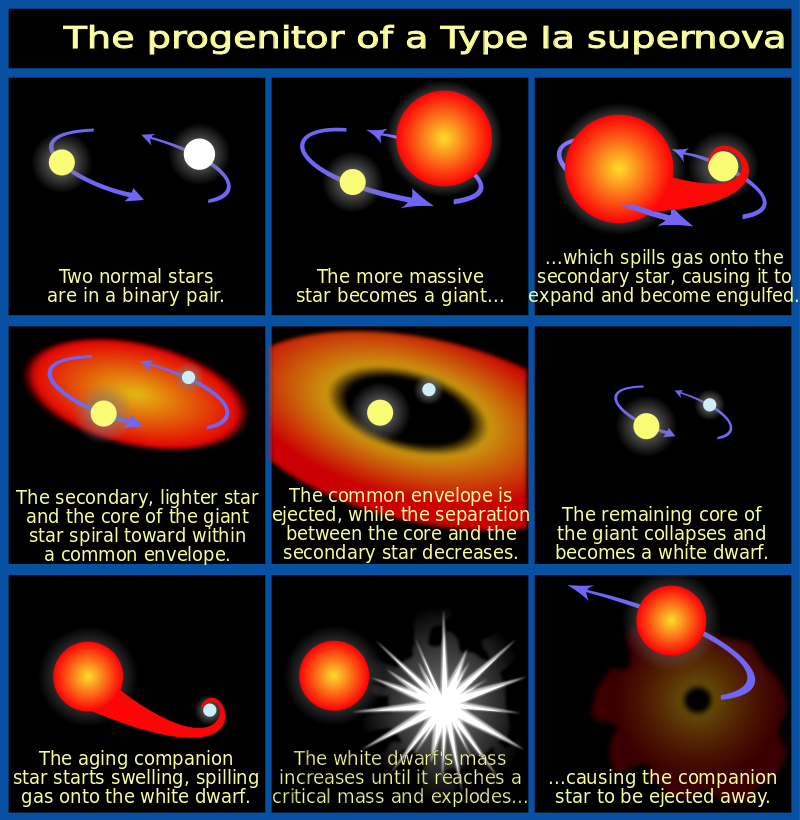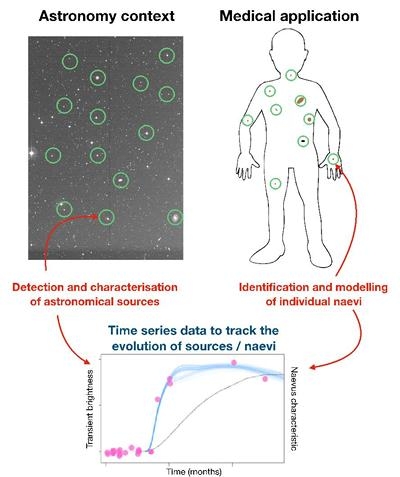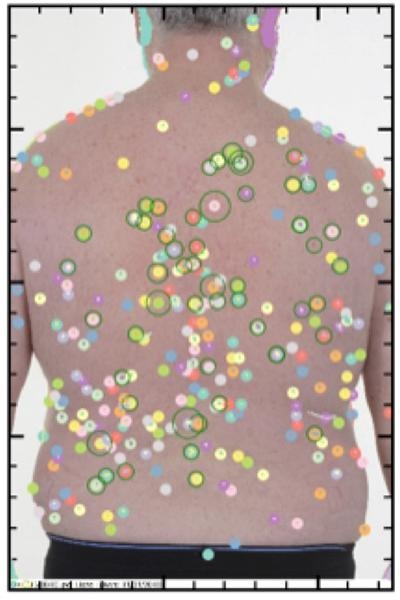From Stargazing to MoleGazer
On the 14th July, at the 2022 Royal Astronomical Society-hosted National Astronomy Meeting, Dr Morrell presented a revolutionary tool to diagnose skin cancer. Yes, it has something to do with astronomy!
An interdisciplinary team of astrophysicists and medical doctors are applying an Artificial Intelligence (AI) technology that has been used to observe our night sky to full-body scans of patients presenting potentially risky moles.
The initial software, i.e., the one for astronomy, was designed to detect supernovae. In 2014, Prof Sullivan’s group was awarded funding to understand the physics of Type Ia supernovae better, notably in order to track the evolution of dark energy over the course of the history of the Universe. Dark energy is the phenomenon of the accelerated expansion of the Universe, and it is interesting to consider what variations in this expansion have been in the past – for instance, did dark energy accelerate the expansion more slowly at some point in the past before becoming the rather fast acceleration we observe today (remember that acceleration is not speed, e.g., imagine accelerating from 0 to 100 in a tractor vs. in a race car, both are accelerating but at different rates) ? Or more generally, is there any pattern that could tell us something about the nature of dark energy? In very broad terms, measuring the rate of the expansion of the Universe at different redshifts (“ages of the Universe) can be done by considering Type Ia supernovae because they are standard candles, as illustrated below.

A big part of the project was to develop an algorithm, using datasets from the Public ESO Spectroscopic Survey of Transient Objects (PESSTO). A whole map of the sky is created as thousands of images are taken by PESSTO’s instruments, every night. Over time, the AI from Prof Sullivan’s group may notice changes in the brightness of certain stars. These are tracked and reported if they fit the pattern of a Type Ia supernova, which is standardly that three weeks after explosion, they reach peak brightness before gradually fainting.

Back to our dermatologists: the supernova AI was modified to consider a patient’s skin as the sky background and moles as stars. As before, the targets are monitored over time. In this analogy, the “supernova” would be any significant change in the appearance of the mole, which could indicate that it developed into melanoma (skin cancer). Traditionally, the diagnosis is time-consuming as a trained dermatologist has to visually inspect every mole on a full-body photograph of a high-risk patient’s body. What’s more, the changes can be very subtle. Instead, MoleGazer is trained on datasets that show these evolutionary pathways of benign moles into melanoma. The hope is that eventually, it can be used as a diagnostic tool, to alert the doctors early on and allowing rapid treatment. The clinical study should be completed in late 2024.

It’s worth noting that skin cancer is one of the most common cancers, with over 150 000 cases per year in the UK alone. As Dr Morell says, “finding ways we can use astronomers’ tools elsewhere is important and a great example of collaboration between scientific disciplines."
Cover Image: Moles and moles as star-like targets, The MoleGazer Team
Image Credits:
1 - Progenitor of SNe Type Ia, ESA and A. Feild (STScI)
2 - Medical application, University of Southampton
3 - MoleGazer at work, University of Southampton
